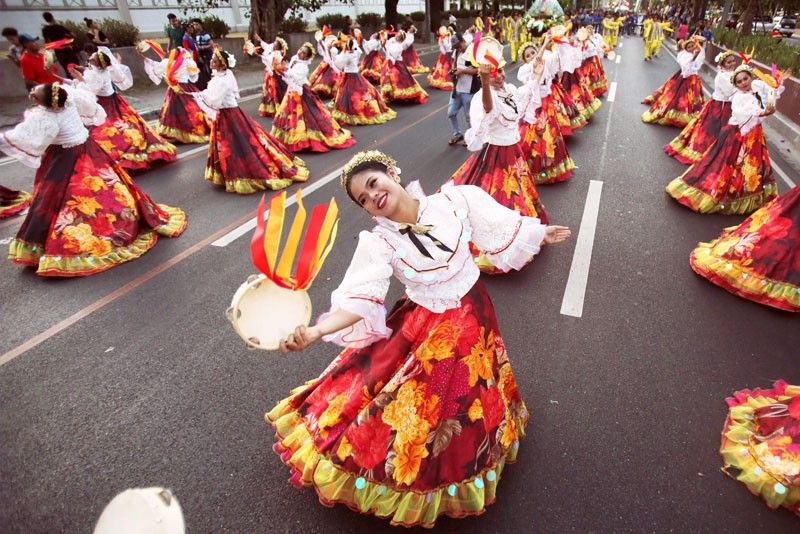About
ABOUT US
Authors
Kate Mariel A. Abisan
Dominique Khasandra Diamante
Aksel Jhen J. Gallo
Jazmin Rose B. Lobaton
ABM 12 C
This group is committed to action, development, and growth. We may be new to blogging, but nothing prevents us from sharing information about our culture with you. We hope you'll be able to connect with us.
This blog is created not only dedicated to the rich and varied cultures of the Philippines but also to educational purposes. You will discover how our ancestors' precolonial history and cultures were transmitted to our generation. Values, language, music, the arts and literature, religion, and so on are other topics.
About This Blog
Hello there!
If you're looking for information about Philippine Cultural Heritage, this is the place for you, as I knew you were coming here.
Overview
Philippine Cultural Heritage
When we say Philippine Cultural Heritage, what comes to your mind?
 |
| Photo: ZenRoom |
The expression of a community's ways of life that have been passed down from one generation to the next is known as cultural heritage. Examples of cultural heritage include practices, places, objects, artistic expressions, and values. social legacy is many times communicated as one or the other Elusive or Unmistakable Social Legacy (ICOMOS, 2002)
 |
| Photo: Culture Trip |
The culture of the Philippines is a blend of traditional Filipino and Spanish Catholic traditions, with influences from America and other parts of Asia. The annual calendar is packed with festivals, many of which combine costumes and rituals from the nation's pre-Christian past with the Catholic beliefs of present day (iExplore, n.d.).
There are two (2) types of cultural heritage:
1. Intangible Heritage
2. Tangible Heritage
Intangible Heritage
Consists of abstractions like knowledge, values, beliefs, traditional skills and technologies, religious ceremonies, performing arts, and storytelling. It also includes rules for behavior.
 |
| Aliwan Festival in Manila Photo: Russell Palma (Philstar) |
Tangible Heritage
All material traces, including archaeological sites, historical monuments, artifacts, and objects, that are significant to a community, nation, or humanity are referred to as tangible heritage (Hassan, 2014).
 |
| Rizal Monument, the most important monument in the country dedicated to national hero Jose Rizal |
Check it out to learn more information:
Comments
Post a Comment